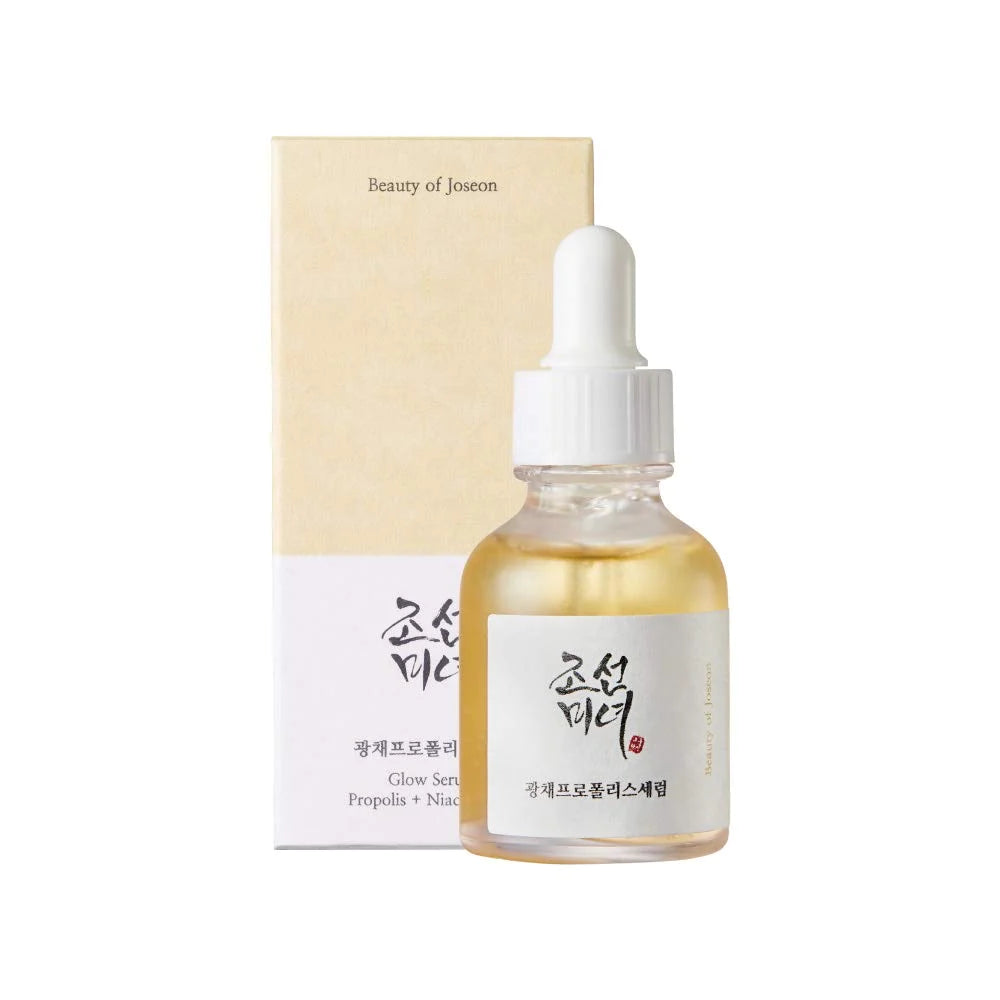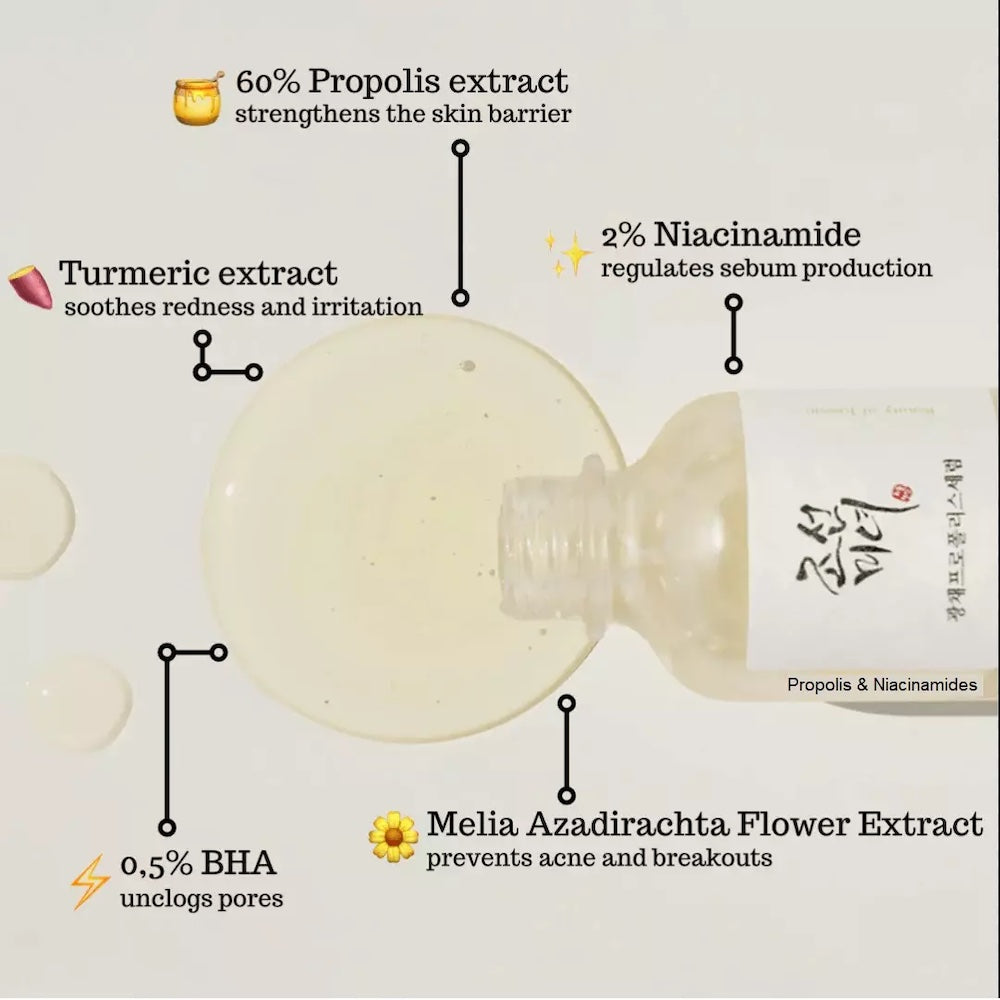People with dry skin often experience tightness, flakiness, and a dull appearance. These symptoms arise because dry skin lacks moisture and may have a compromised skin barrier. This condition requires more than just standard hydration; it needs active ingredients that can attract and retain moisture, as well as repair and protect the skin barrier. Using a serum formulated for dry skin is crucial because it contains hydrating and nourishing ingredients like hyaluronic acid, glycerin, and ceramides. These ingredients not only moisturize the skin but also help to lock in that moisture, improving skin texture and resilience. By incorporating a specialized serum into your skincare routine, you can effectively target and alleviate the challenges of dry skin.
Choosing the Right Serum for Dry skin
-
Key Ingredients:
-
Hyaluronic Acid: Attracts moisture, keeping skin hydrated.
-
Glycerin: Draws water into the skin to maintain softness and suppleness.
-
Ceramides: Strengthen the skin barrier, preventing moisture loss.
-
Considerations for Different Skin Types:
-
Sensitive Dry Skin: Look for serums free from fragrances and irritants.
-
Oily but Dehydrated Skin: Choose lightweight serums that hydrate without adding oil.
-
Mature Dry Skin: Opt for serums with anti-aging ingredients like peptides and antioxidants.
-
Identifying High-Quality Serums:
-
Ingredient List: High-quality serums list active ingredients up front.
-
Packaging: Choose serums in air-tight and opaque packaging to preserve the efficacy of ingredients.
-
Brand Reputation: Opt for brands known for research and positive customer reviews.
Selecting a serum with these considerations ensures effective hydration and care tailored to your specific dry skin needs.
Benefits of Using Serum for Dry Skin
Using a serum specifically designed for dry skin offers several significant benefits:
-
Hydration and Moisture Retention:
-
Serums for dry skin are packed with hydrating ingredients like hyaluronic acid and glycerin, which draw moisture into the skin and lock it in. This sustained hydration helps to keep the skin plump, reducing the appearance of fine lines and preventing dryness throughout the day.
-
Improvement in Skin Texture and Appearance:
-
Regular use of a hydrating serum can transform the texture of your skin, making it smoother and softer. Enhanced hydration levels give your skin a healthy, radiant glow, helping it look more vibrant and youthful.
-
Addressing Specific Concerns Such as Flakiness and Tightness:
-
Dry skin often feels tight and uncomfortable and may show visible flakiness. A good serum addresses these issues by replenishing moisture and repairing the skin's natural barrier. This not only soothes and softens the skin but also makes it more resilient against environmental stressors.
Incorporating a serum into your skincare routine can dramatically enhance your skin’s health, especially if you struggle with dryness.
How to Incorporate Serum into Skincare Routine
Incorporating a serum into your skincare routine can maximize its benefits, especially for dry skin. Here’s a simple guide to get the most out of your serum:
-
Step-by-Step Guide on Application:
-
Cleanse: Start with a clean face by using a gentle cleanser.
-
Apply Serum: While your skin is still damp, apply a few drops of serum gently with your fingertips. Tap the serum into your skin rather than rubbing it.
-
Moisturize: After the serum has fully absorbed, apply a moisturizer to lock in the serum’s benefits.
-
Tips for Layering Skincare Products:
-
Always apply serum after cleansing and before your moisturizer.
-
For daytime, follow up with a sunscreen to protect your skin.
-
If using multiple serums, apply from thinnest to thickest texture.
-
Importance of Consistency:
-
Regular use is key. Apply serum twice daily, morning and night, to maintain hydration and continuously improve skin texture.
Following these steps ensures that the serum works effectively to hydrate and nourish your dry skin, leading to visible improvements over time.
Potential Side Effects and Precautions
While serums can be highly beneficial for dry skin, it’s important to be aware of potential side effects and take appropriate precautions:
-
Common Side Effects:
-
Irritation: Ingredients like retinol or vitamin C may cause redness or irritation, especially in sensitive skin.
-
Allergic Reactions: Some serums contain allergens like fragrances or plant extracts that can trigger allergic reactions.
-
Precautions to Minimize Adverse Reactions:
-
Start Slowly: Introduce new serums gradually into your routine, starting with a small amount every other day to monitor skin reactions.
-
Use as Directed: Follow the usage instructions carefully and avoid combining too many active ingredients at once to reduce the risk of irritation.
-
Importance of Patch Testing and Consulting a Dermatologist:
-
Patch Test: Before fully incorporating a new serum into your routine, apply a small amount on your inner forearm or behind the ear to check for any adverse reactions over 24-48 hours.
-
Consult a Dermatologist: If you have sensitive or reactive skin, or if you're unsure about a product, consult with a dermatologist to ensure it’s suitable for your skin type.
These steps help ensure that your use of serum for dry skin is safe and effective, minimizing potential side effects while maximizing benefits.






























